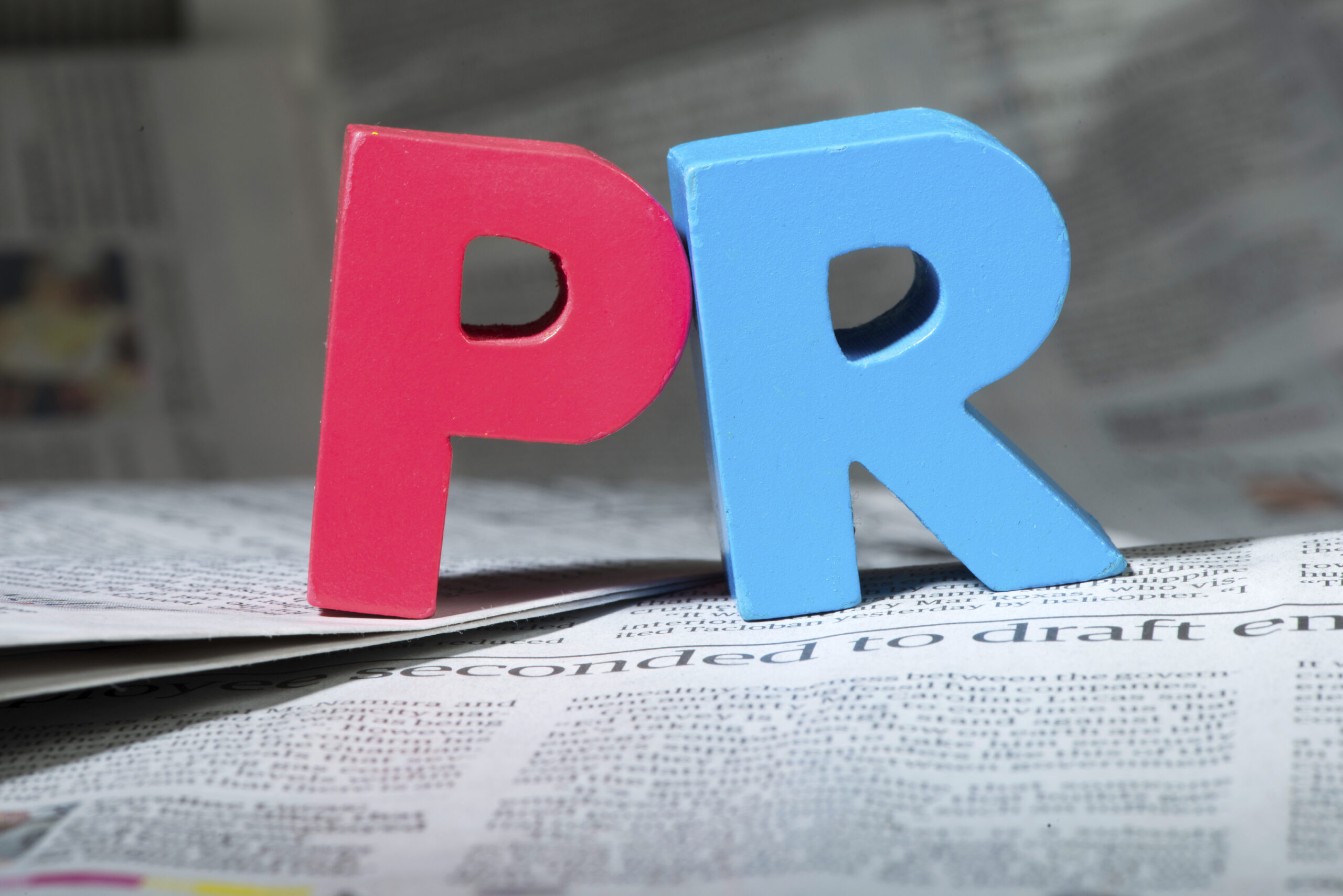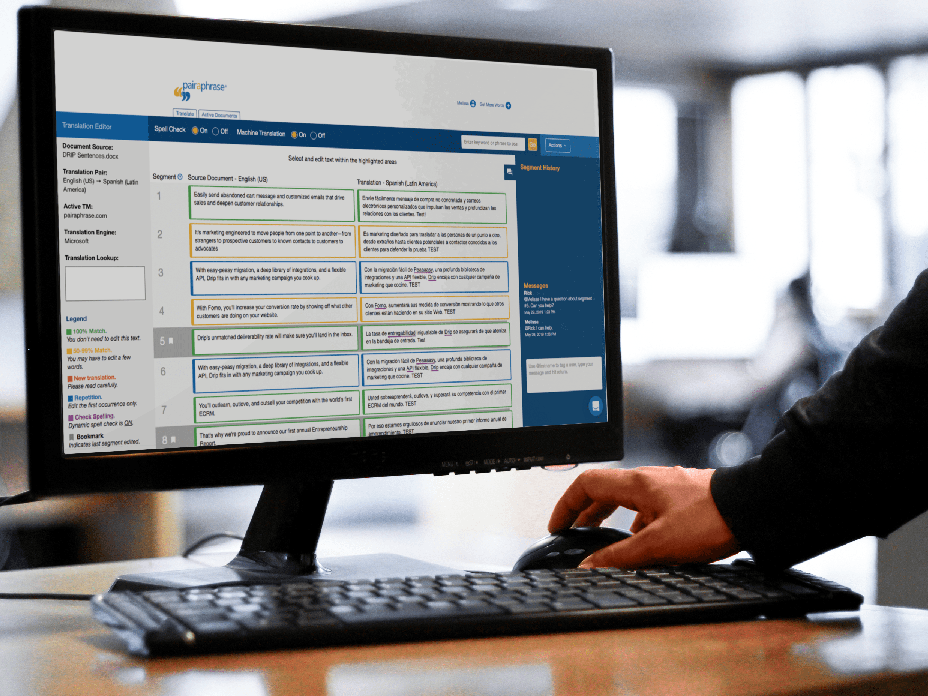In this digital age, traditional public relations (PR) methods alone are no longer enough to stay relevant. Combining traditional PR with digital PR methods, including social media, is now more important than ever. Whether you’re working with a digital PR company or managing your PR efforts in-house, using social media as a vehicle to share and spread your message can amplify your PR efforts and help you reach a broader audience.
The Evolution of PR in the Digital Age
Public relations have evolved significantly over the past few decades. In the past, PR was primarily about managing press releases, organizing events, and building relationships with journalists and media outlets. While these traditional methods are still relevant, the rise of the internet and social media has transformed the PR landscape.
Today, digital PR is all about cultivating a strong online presence, and no tool does that better than social media. Not only does it increase your visibility, but it also allows you to directly engage with your audience, gaining their feedback and insights to better shape your strategy.
Social media platforms are widely used across different demographics, making them an excellent outlet to build brand reputation and generate awareness for products or services. It can serve as a platform to create dialogue and discussions, and share news and updates about your company.
When judiciously employed, social media can effect positive change in how your organization is perceived and boost trust in your brand. It offers a more personable way of engaging with your audience and gives your brand a human touch that is often missing in traditional PR strategies.
Social media platforms like Facebook, Twitter, Instagram, LinkedIn, and YouTube have millions of active users. This vast user base provides an unparalleled opportunity to reach a global audience. Moreover, the interactive nature of social media allows brands to engage in real-time conversations with their audience, building stronger relationships and fostering loyalty.
To maximize the efficacy of social media in your PR strategy, it’s important to develop a focused and cohesive plan centered around your brand’s voice and values. This involves identifying which social media platforms your target audience frequents the most, and crafting content tailored to these platforms.
Content is king in the digital world, and social media is no exception. Creating compelling, relevant, and shareable content is crucial to capturing the attention of your audience. This can include blog posts, videos, infographics, podcasts, and more. The key is to ensure that your content aligns with your brand’s message and resonates with your target audience.
Furthermore, regular monitoring and analysis of social media platforms are key to understanding how well your strategies are working. Tools like Google Analytics and other social media analytics tools can provide invaluable data and insights, helping you optimize your strategies for better results.
To refine your social media strategy, it’s essential to leverage analytics tools that can track and measure your performance. Platforms like Hootsuite, Sprout Social, and Buffer offer comprehensive analytics that can help you understand which types of content perform best, the demographics of your audience, and the optimal times for posting.
These insights allow you to make data-driven decisions, ensuring that your social media efforts are as effective as possible. For example, if you find that your audience engages more with video content, you can adjust your strategy to include more videos. Similarly, if a particular platform drives more traffic to your website, you can focus your efforts there.
Rather than replacing traditional PR methods, social media should complement them. Use it as a platform to discuss press releases, industry news, and other PR materials. More importantly, use it as a means to engage with your audience, respond to their comments and queries, and maintain an ongoing dialogue.
Press releases can be shared on social media to reach a wider audience. You can also use social media to live-tweet events, share behind-the-scenes content, and post real-time updates. This not only increases transparency but also makes your audience feel more connected to your brand.
Building Relationships with Influencers and Bloggers
It’s equally crucial to build relationships with influencers and bloggers. With their wide reach and influence, they can help amplify your message, bolster your credibility, and drive traffic to your website or online store.
Influencer marketing has become a powerful tool in the PR arsenal. By collaborating with influencers who align with your brand values, you can tap into their established audience and gain authentic endorsements. Influencers can create content around your products or services, participate in giveaways, and even host takeovers on your social media channels.
In today’s fast-paced digital world, crises can arise unexpectedly and spread quickly. Social media plays a critical role in crisis management by allowing brands to respond swiftly and transparently.
Having a crisis management plan in place is essential. This includes monitoring social media channels for any negative mentions, responding promptly to concerns, and providing accurate information to mitigate the impact of the crisis. By addressing issues head-on and maintaining open communication, you can protect your brand’s reputation and rebuild trust with your audience.
Examining successful social media PR campaigns can provide valuable insights and inspiration for your strategy. For instance, the ALS Ice Bucket Challenge in 2014 went viral on social media, raising awareness and funds for ALS research. The campaign’s success was due to its interactive nature, clear call-to-action, and the involvement of influencers and celebrities.
Another notable example is Dove’s “Real Beauty” campaign, which utilized social media to promote body positivity and challenge beauty standards. By sharing user-generated content and engaging in meaningful conversations, Dove was able to create a powerful and relatable message that resonated with their audience.
Conclusion
Effectively integrating social media in your PR strategy can provide substantial benefits. It not only amplifies your reach but also enables two-way communication with your audience—providing insights that can help shape your future strategies. It’s about building relationships, managing your reputation, and ultimately, creating a stronger and more dynamic online presence.
To leverage this power of social media in your PR efforts, a well-planned and dedicated approach is necessary. Whether you choose to partner with a digital PR company or navigate it yourself, harnessing the potential of social media can truly elevate your PR strategy to the next level.
In conclusion, the synergy between traditional and digital PR methods, enhanced by the power of social media, offers a comprehensive approach to public relations. Embrace the opportunities that social media presents, and you’ll find that your PR efforts not only reach a wider audience but also foster deeper connections and drive greater impact.











